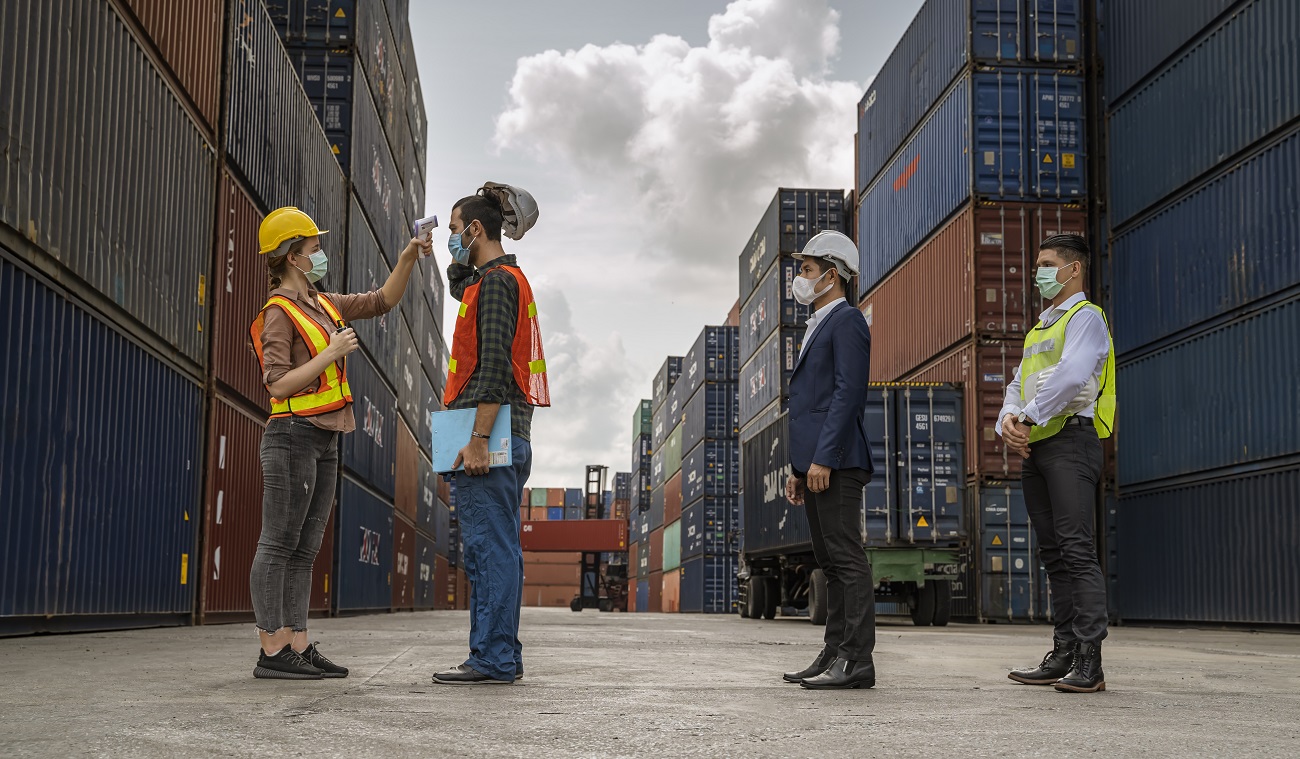If your integration firm continued to do business in 2020 throughout the pandemic, you are well aware of the challenges that it brought to the entire pro AV industry.
More restrictions and a closed economy largely meant a decline in business for integrators that serve markets like retail, hospitality, live events and any more sectors that saw a big dip last year. However, one of the most acute impacts on the integration world was how the pandemic affected the hardware supply chain.
At first, the virus impacted production at manufacturing plants in Asia – where the virus originated. Then, some products like headsets and videoconferencing cameras soared to record levels of demand as employees outfitted their home offices. Then, COVID-related shipping issues kept product from getting to the customer in a timely manner.
However, as vaccines are distributed globally and cases begin to drop, there is a growing sentiment that AV hardware makers are getting back into the swing of things and are ramping up production to meet demand with new innovative products designed to help customers adopt a hybrid work model.
Meeting demand during and post-COVID
According to Dana Corey, senior vice president and general manager at collaboration display company Avocor, the pandemic presented several different issues to manufacturers, including shipping and logistic problems.
“In some ports of the U.S., when some boats arrive from Asia, they could be sitting there for two weeks,” Corey says. “They’re sitting out there waiting like they’re flying over the airport for a week or two weeks.”
With unified communications expected to be a huge area of investment for customers, companies like Avocor are doing what they can to ramp up demand and recover from pandemic-related issues. However, the company has plenty of product on hand because it ordered materials ahead of time as Avocor anticipated bigger impacts from tariffs and the U.S.-China trade war.
“We just make sure that our inventories are right at our distribution channels,” Corey says.
For the last few months, the company has seen periodic surges in orders, and once the economy is fully opened, that could bring about a huge surge in demand.
“I tell integrators, ‘Just sell. We got it,’” Corey says.
Read Next: Three Keys to Dealing with AV Supply Chain Issues
New supply chain experts brought on
Poly and other companies that make personal devices that are perfectly suited for the growing hybrid work environment have seen record demand over the last year, and they are doing everything they can to ramp up production to help fill orders for your customers.
In a statement, Alex Bustamante, executive vice president of global operations and president of Plamex, said the company is ramping up production to meet demand a few different ways:
- Securing additional components and manufacturing capacity
- Securing additional capacity at contract manufacturers
- Expanding capacity at the company’s Mexico factory
- Increased the number of SKUs being dual-sourced
“We have experienced sustained record demand for our products the last few quarters and we have ramped up production to meet that demand,” Bustamante says.
The company also hired Grant Hoffman, a seasoned global supply chain expert with previous roles at Lenovo, Google and Motorola, as the company’s new executive vice president and chief supply chain officer.
“Poly is at a pivotal moment in its growth trajectory and its product innovation, given the increased investments companies are making in technology due to work from anywhere trends,” Hoffman said, according to a company press release announcing his hire. “I look forward to working with the executive team to support Poly’s global expansion.”
Supporting the supply chain
Others in the channel are doing what they can to support integrators and keep high-demand products in stock.
AV hardware distributors Almo Professional A/V, for example, has ordered several months’ worth of inventory in advance for when the “project floodgates open,” says executive VP Sam Taylor.
Projects have begun to come in more regularly, but production and shipping challenges remain. Shipping has become more expensive, and several cargo ships have lost hundreds of containers of product at sea, Taylor says.
Taylor pointed to the company’s Quick Ship Certified Products program which allows integrators to be nimble and field customer requests quickly so they can keep project timelines from stretching too far. Brands available as part of the program include Absen, Barco, Chief, VDO360, Epson, LG, NEC and Sharp and tools range from collaboration, projectors, displays, and mounts.
“It removes the hassle and stress of long lead times as well as concerns about having enough inventory to complete an install,” Taylor says.
When will availability and shipping issues finally subside?
While manufacturers are doing all they can to meet demand, the combination of production, shipping and logistical issues may not subside until 2022, says Corey.
“I think it will take a few months — several months of that continuity of the growing curve — to then fully embrace the idea of ready stock everywhere,” Corey says.
There are growing signs that economies are coming back and that virus cases are on the decline, but it still feels like the year 2020, Corey says.
“I’m not saying later this year won’t be normal, but when you think of all the things happening — lead times, manufacturing, ordering products — it’s probably (later than 2021),” Corey says.










